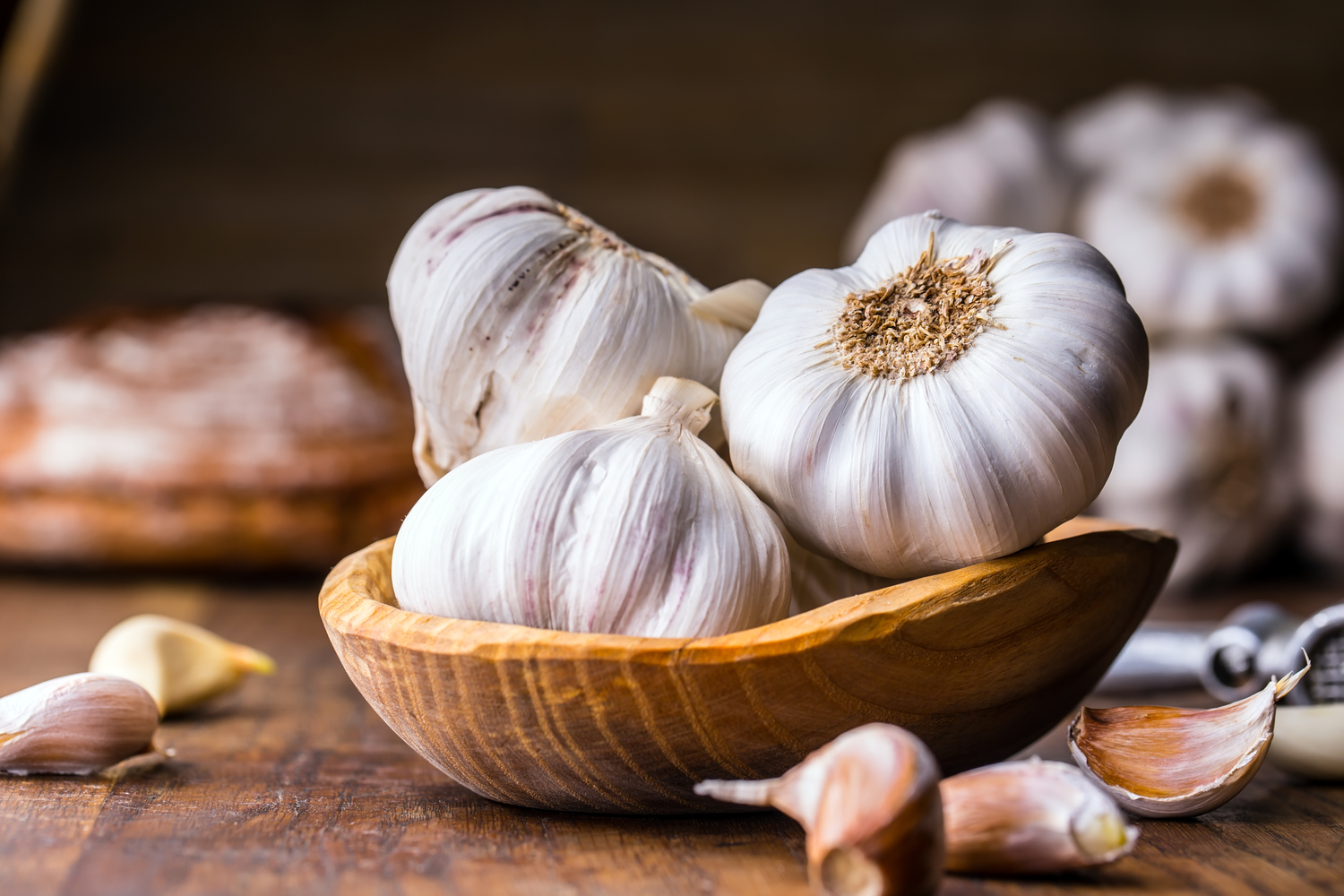
Arthritis Superfoods that help Joint Pain
As one of the most prevalent conditions accompanying old age, arthritis has become a persistent affliction for many within our population. This disease is infamous for joint inflammation at various points throughout the body and typically exists in one of two forms: osteoarthritis and rheumatoid arthritis. Osteoarthritis emerges due to significant wear on cartilage joints over time, while the latter occurs when the immune system malfunctions, destroying the synovial membrane meant to protect joints from damage.
While there is no current cure for the ailment, steps can be taken to greatly reduce the severity of the pain-like symptoms associated with it. Not much can be done about the disease resulting from heredity, but extensive research has gone into the idea of nutrition being a powerful tool in one’s battle against it. Researchers suggest that vegetables, fruits, spices and foods rich in dietary fibers become staple components of one’s diet to aid in this endeavor. Let’s take a look at a few examples and the role they play in making this a possibility:
1. Broccoli and brussels sprouts
While not the most popular food items among younger children, broccoli and Brussel sprouts are widely regarded as some of the healthiest foods out there. They offer a high concentration of the compound known as sulforaphane, which demonstrates an incredible affinity for slowing the development of specific cells involved in developing rheumatoid arthritis.
2. Fatty fish
Prime examples of fatty fish contributing to a strong defense against arthritis include mackerel, tuna and salmon. Each of these contains high-levels of Vitamin D and Omega-3 fatty acids. Both nutrients will significantly reduce inflammation, given that the appropriate amounts and concentrations within the body are met. For practicality, a recommendation would be to incorporate fish in your diet at least 3 times a week. Additionally, fish oil pills may be an appropriate substitute if you may not have access to these foods or have reservations against consuming fish.
3. Garlic
Investigative research into the components of garlic shows the presence of a compound known as diallyl disulphide. This substance is believed to effectively counteract bodily enzymes that degrade and damage cartilage over time. Symptoms of osteoarthritis can be debilitating therefore being able to reverse them will be an essential addition to your arsenal.
4. Tart cherries
In true superfood fashion, tart cherries are host to various rare and essential nutrients that help to bolster immunity and overall health. These include Vitamin A, Vitamin K, Vitamin C, Manganese, Potassium, Omega-3 fats, Omega-6 fats, proteins and antioxidants. The antioxidants present in particular, exhibit properties that reduce pain and inflammation caused by diseases such as arthritis. It also lessens the swelling involved in arthritic episodes allowing the sufferer to experience far less pain than they would have otherwise.
5. Turmeric
For a spice that has already made its rounds throughout the health enthusiast’s market, it’s no surprise that it has also yielded significant benefits to making the effects of arthritis far less disastrous. Inside turmeric is a compound known as curcumin that serves to block the development of cytokines and enzymes that cause inflammation. This will allow the afflicted to have a much more bearable experience with the disease. This spice can be eaten by adding it to dishes in the form of curry powder or even boiling and blending it into smoothies and salads.
It is important to remember that despite the onset of arthritis, it is not a death sentence, as the incorporation of the right foods into your diet can grant you the tools needed to fight this reality. One readily apparent symptom associated with arthritis is a significantly reduced ease of mobility. Areas affected are often stiff and swollen, leading to a much shorter range of motion.
Rheumatoid arthritis is particularly well known for affecting multiple sites within the body simultaneously. This may include the wrists, ankles, knees, elbows, shoulders and hips, while osteoarthritis is typically relegated to a single area that undergoes long-term deterioration of cartilage. Not only that, but the ill-effects of (RA) rheumatoid arthritis are not restricted to just joints, and have been known to damage the skin, eyes, lungs, nerve tissue, and bone marrow.
The reality is that a rapidly growing number of individuals struggle with the effects of this disease daily. It is most frequently observed in adults aged 65 and older. However, this does not mean age is the only direct correlation. In fact, it can develop in younger adults, teenagers, and even young children. Specific factors including genetic inheritance, poor nutrition, lack of adequate exercise and being overweight significantly increase the likelihood of any one of these groups becoming a part of these statistics.


